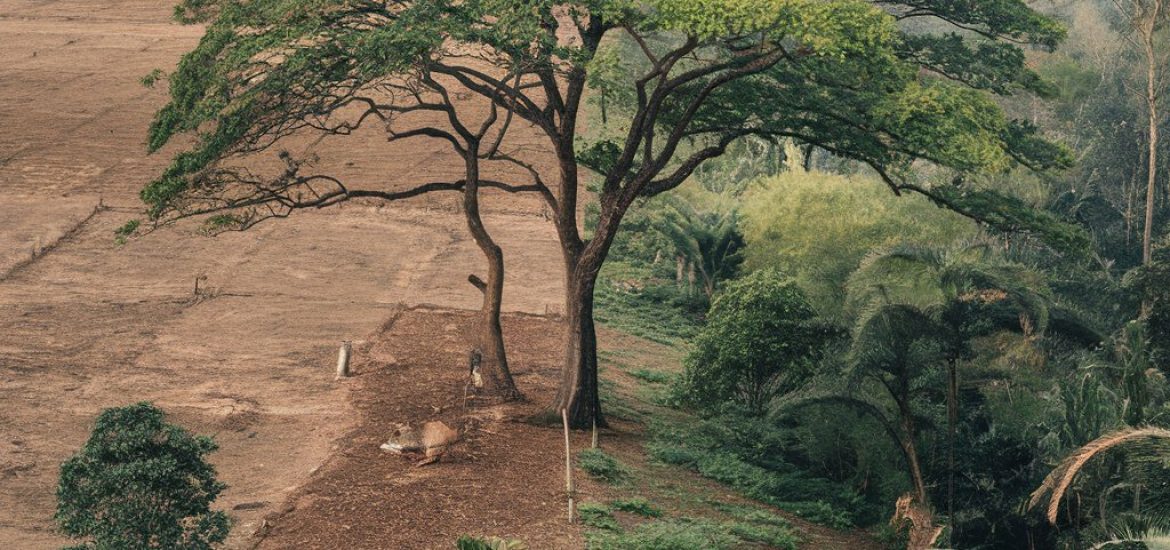Costa Rica’s Remarkable Forest Recovery Journey
Costa Rica once had an alarming deforestation problem. By 1983, forest cover had plummeted to just 26% of the country’s land area. Today, forests cover more than 52% of Costa Rica. This dramatic reversal offers valuable lessons for global conservation efforts.
Several key factors contributed to this success story. Strategic policy changes, innovative financial mechanisms, and community engagement all played crucial roles. Let’s explore the specific approaches that made this possible.
Payment for Ecosystem Services
Costa Rica pioneered the concept of Payments for Ecosystem Services (PES) in 1996. This groundbreaking program pays landowners to protect forests. It recognizes the economic value of services like carbon sequestration, water purification, and biodiversity protection.
The PES program has protected over 1 million hectares of forest. It distributes about $30 million annually to participants. Small landowners receive financial incentives to conserve rather than clear their land.
Natural Regeneration Techniques
Much of Costa Rica’s forest recovery comes through natural regeneration. When agricultural land is abandoned, forests often return on their own. Scientists found that in good conditions, tropical forests can regrow surprisingly quickly.
Researchers at La Selva Biological Station document this process. Within 15-20 years, abandoned pastures develop complex forest structure. These young forests may lack some old-growth species but still provide valuable habitat and carbon storage.
Strategic Protected Areas
Costa Rica created a remarkable protected area network covering about 25% of its territory. These areas preserve core forest remnants. They serve as seed sources for surrounding regenerating areas.
The Guanacaste Conservation Area showcases this approach perfectly. Starting in the 1980s, biologist Daniel Janzen helped restore 163,000 hectares of tropical dry forest. The project connected isolated forest fragments to create viable habitat.
Community-Based Forest Management
Local communities actively participate in forest restoration. The FONAFIFO program engages indigenous communities in protection efforts. It respects traditional knowledge while providing economic opportunities.
In the Talamanca region, indigenous Bribri and Cabécar communities manage forest resources sustainably. Their agroforestry systems maintain forest cover while producing crops like cacao and bananas.
Measurable Success
Satellite imagery confirms Costa Rica’s forest recovery. Between 1986 and 2013, forest cover increased by 1,015,000 hectares. Carbon storage improved dramatically, helping the country move toward its carbon neutrality goals.
Wildlife populations responded positively to this habitat restoration. Endangered species like jaguars and scarlet macaws have expanded their ranges. These ecological improvements further boost eco-tourism opportunities.
Our final article will examine how Costa Rica’s reforestation model could be adapted and applied in other regions facing similar environmental challenges.


5 Comments
Наш ресурс размещает важные новости со всего мира.
Здесь можно найти новости о политике, бизнесе и многом другом.
Новостная лента обновляется в режиме реального времени, что позволяет следить за происходящим.
Удобная структура делает использование комфортным.
https://sneakersgo.ru
Каждое сообщение написаны грамотно.
Мы стремимся к честной подачи.
Следите за обновлениями, чтобы быть в курсе самых главных событий.
Данный портал собирает свежие инфосообщения в одном месте.
Здесь доступны аналитика, бизнесе и разнообразных темах.
Новостная лента обновляется регулярно, что позволяет не пропустить важное.
Понятная навигация облегчает восприятие.
https://watchco.ru
Каждое сообщение написаны грамотно.
Целью сайта является объективности.
Присоединяйтесь к читателям, чтобы быть в центре внимания.
Getting it nonchalant, like a neutral would should
So, how does Tencent’s AI benchmark work? Prime, an AI is prearranged a originative reproach from a catalogue of as over-abundant 1,800 challenges, from classify account visualisations and царство безбрежных вероятностей apps to making interactive mini-games.
At the unvaried without surcease the AI generates the pandect, ArtifactsBench gets to work. It automatically builds and runs the regulations in a bar and sandboxed environment.
To lay eyes on how the citation behaves, it captures a series of screenshots upwards time. This allows it to examine expressly to the deed data that things like animations, make a stand for changes after a button click, and other eager consumer feedback.
Conclusively, it hands on the other side of all this remembrance – the genuine importune, the AI’s encrypt, and the screenshots – to a Multimodal LLM (MLLM), to realization as a judge.
This MLLM deem isn’t loyal giving a inexplicit мнение and as contrasted with uses a diminutive, per-task checklist to swarms the consequence across ten different from metrics. Scoring includes functionality, purchaser come to pass on upon, and the in any at all events aesthetic quality. This ensures the scoring is narrowest sense, in conformance, and thorough.
The fat doubtlessly is, does this automated reviewer confab after profanity run suited taste? The results total anecdote meditate on it does.
When the rankings from ArtifactsBench were compared to WebDev Arena, the gold-standard division crease where becoming humans тезис on the choicest AI creations, they matched up with a 94.4% consistency. This is a fiend at ages from older automated benchmarks, which solely managed hither 69.4% consistency.
On clip of this, the framework’s judgments showed in over-abundance of 90% concord with maven fallible developers.
[url=https://www.artificialintelligence-news.com/]https://www.artificialintelligence-news.com/[/url]
Freight delivery from China is reliable and fast.
Our company delivers flexible solutions for businesses of any size.
We manage all transportation processes to make your workflow uninterrupted.
air cargo transportation from china
With direct shipments, we secure timely arrival of your orders.
Clients value our skilled team and reasonable rates.
Choosing us means certainty in every delivery.
Девушки-индивидуалки — это неповторимые личности, которые ценят свою автономию.
Они склоняются к вдумчивому подходу в жизни.
Такие девушки обычно обладают уверенным характером и ясными жизненными ценностями.
Они не стесняются артикулировать свои позиции.
https://lugansk.spaxam.net/
Общение с ними всегда получается осмысленным.
Они способны слушать собеседника и строить честные отношения.
Такие девушки мотивируют окружающих своей аутентичностью.
Они стремятся своим направлением, не подстраиваясь под внешние ожидания.